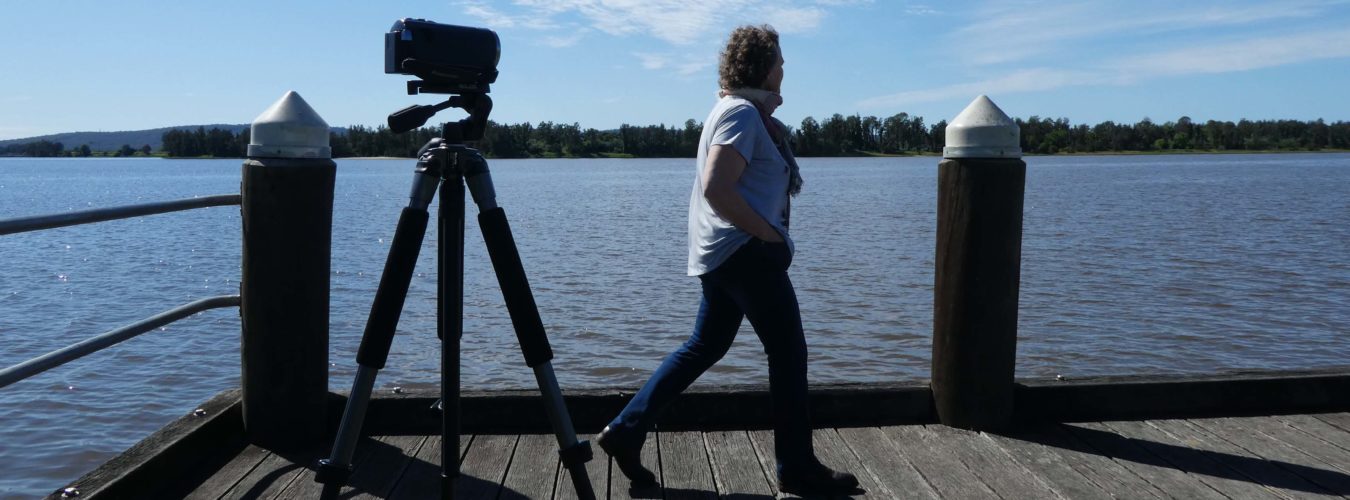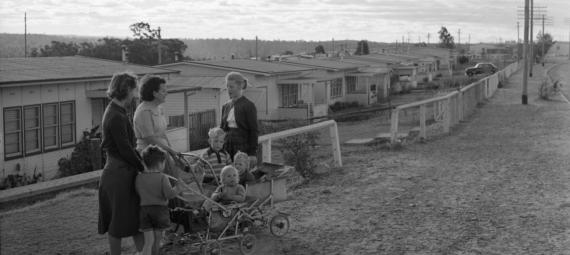May 2023 – Gundungurra Country
What we loved
If ever there was a town that owed its existence a much bigger story, it’s the tiny town of Warragamba, in the picturesque outskirts of Sydney on the eastern edge of the Blue Mountains.
Its reason-to-be is forever linked to Australia’s notoriously arid climate, to drought and the general water scarcity that plagued Sydney from the 1800s right through until post WWII. The building of Warragamba Dam was to solve that significant problem.
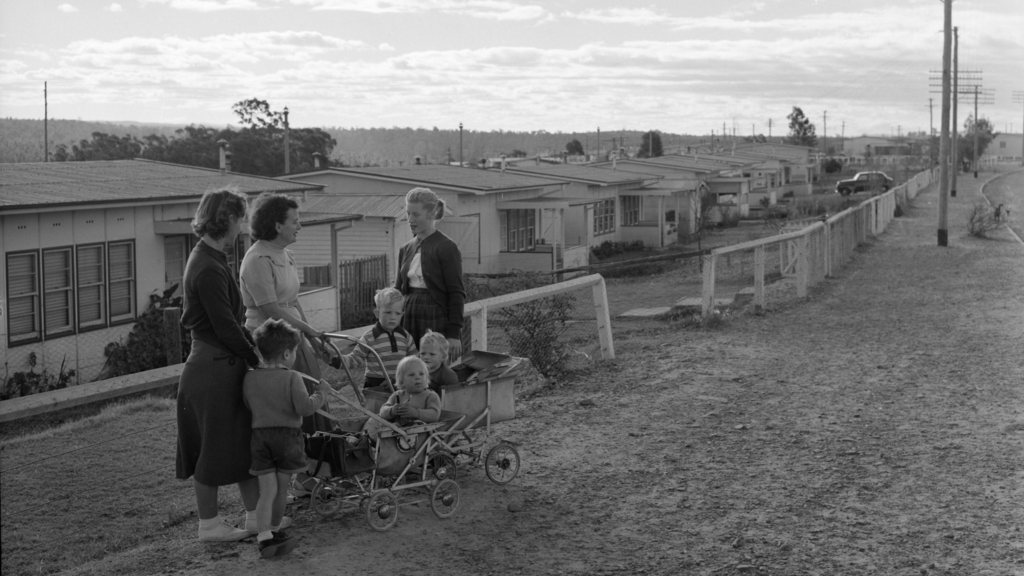
It took 1800 workers to build the dam and they were housed nearby in the purpose-built township of Warragamba. Homes, shops, schools and pubs – a plethora of small, neat buildings were built at what was then a very remote location. All were intended for demolition at the completion of the dam.
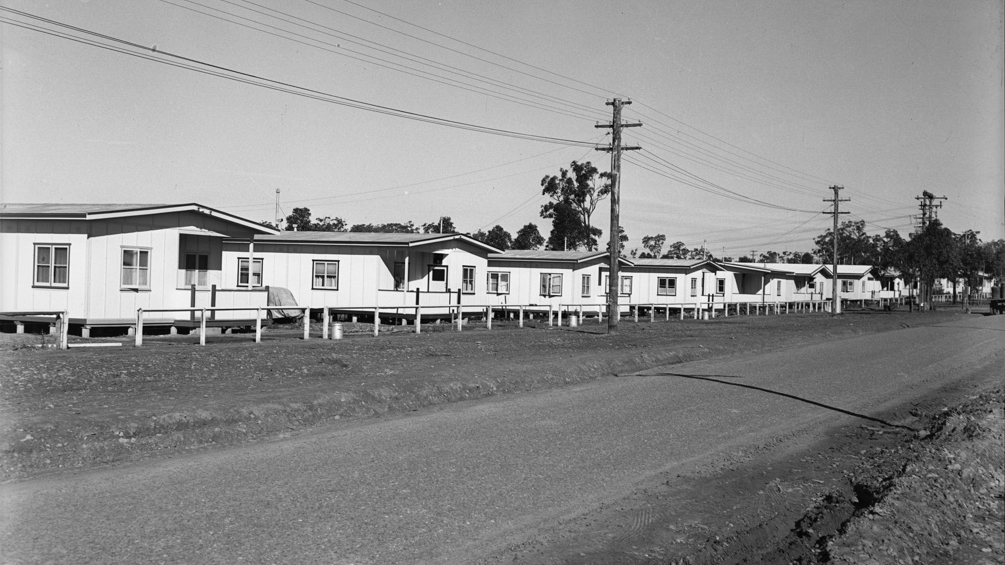
But many of the workers and their families did not want to leave when the 12-year project ended. They bought their little houses and stayed. And there Warragamba remains, more than 60 years on. It’s not a hidden gem exactly, but a curious and fascinating survivor of a great nation-building infrastructure project on which Sydney still depends.
What we did
Take a wander
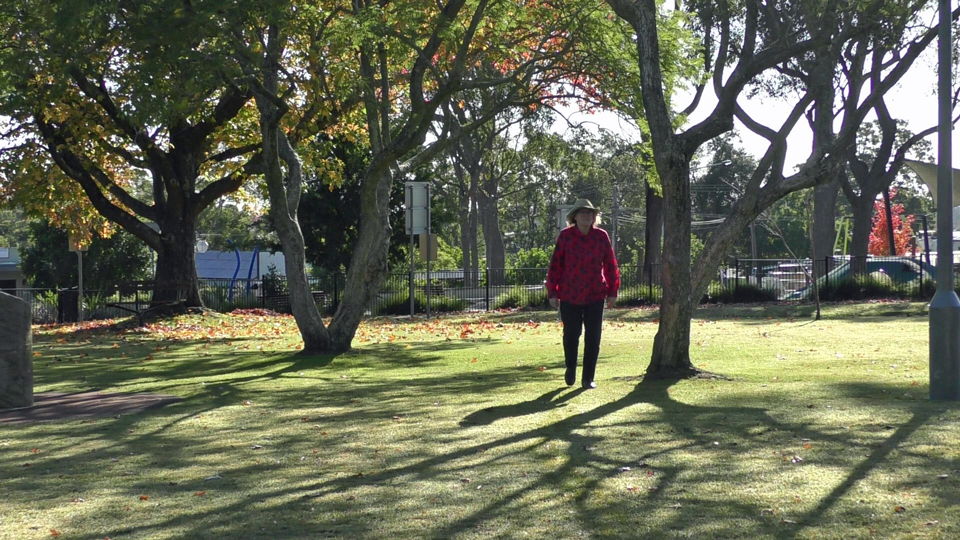
Warragamba is not a big place. A collection of mostly small former company homes (about 500 or so of them) gathered around a row of shops, a central park and a nearby children’s playground. There’s a couple of cafes for hungry visitors (see below) and an RSL Club.
The street layout is a bit whimsical with its one-way circular traffic routes. Most of the streets don’t have names – just numbers (First, Second, Eighteenth etc). The legacy perhaps, of some unimaginative Metropolitan Water Sewerage and Drainage Board designer tasked with the job of laying out what was supposed to be a temporary town.
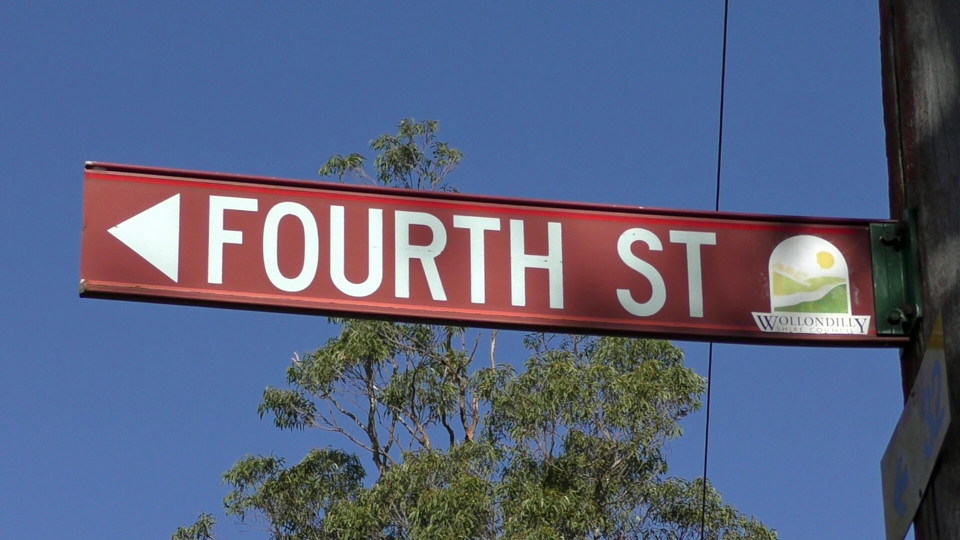
The residential streets have really not changed all that much from 60 years ago and are still dominated by the small workers cottages built in 1948. Improvements followed of course with a bit of cladding added here, some quaint gardens there, and some nice street trees for a splash of autumn colour.
Drive down to the Eighteenth Street Lookout for your first view of the dam wall from the well-kept lookout there.
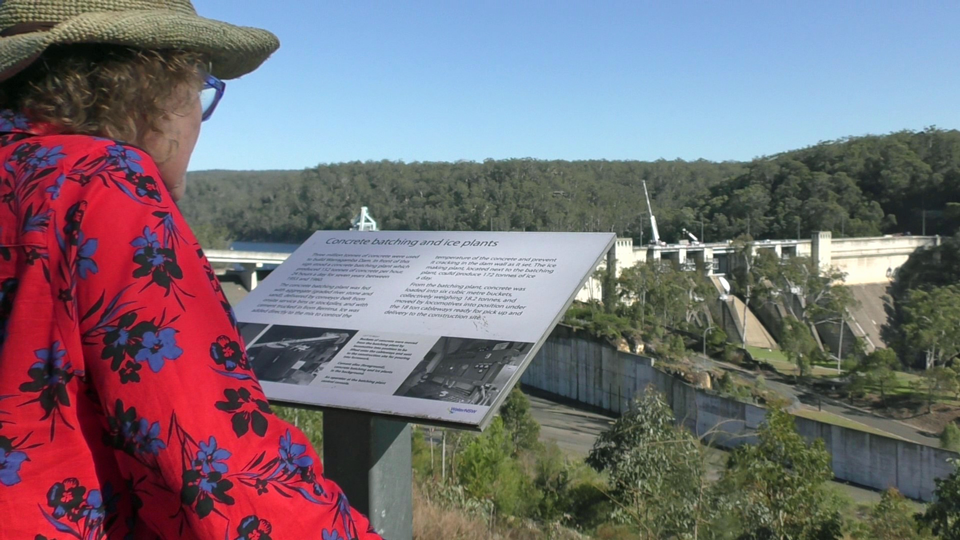
Warragamba Dam Visitors Centre
For an immersive experience of Warragamba’s intriguing past and the engineering marvel that is Warragamba Dam, a visit to the Warragamba Dam Visitors Centre is a must. Located near the dam, the centre offers an array of exhibits, interactive displays, and educational programs that shed light on the dam’s construction, purpose, and its significance for the region.
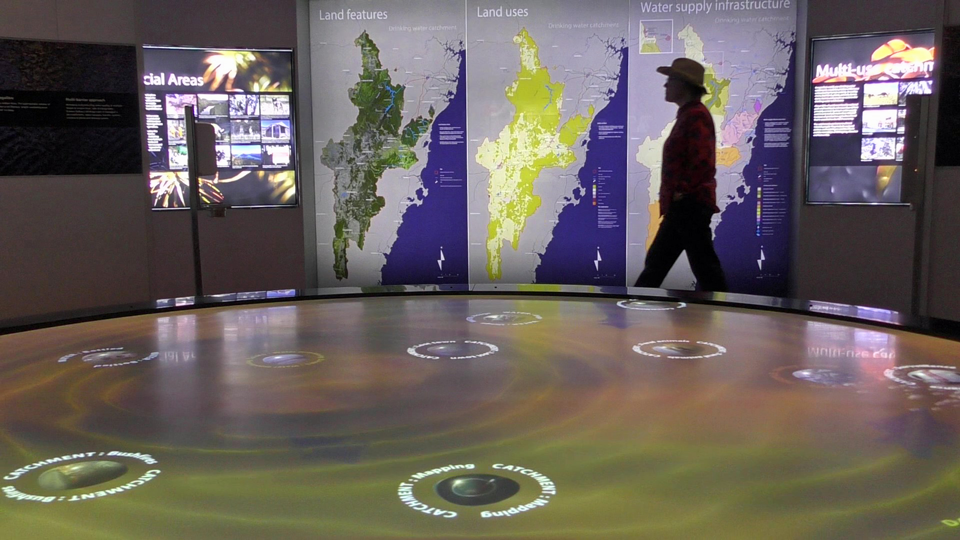
The Warragamba Dam Visitors Centre provides visitors with a captivating journey through time, showcasing the immense efforts undertaken by engineers, the challenges faced during the construction process, and the impact the dam has had on Sydney’s water supply and flood control measures. Engaging multimedia presentations, historical artifacts, and informative panels make the learning experience informative and enjoyable for people of all ages.
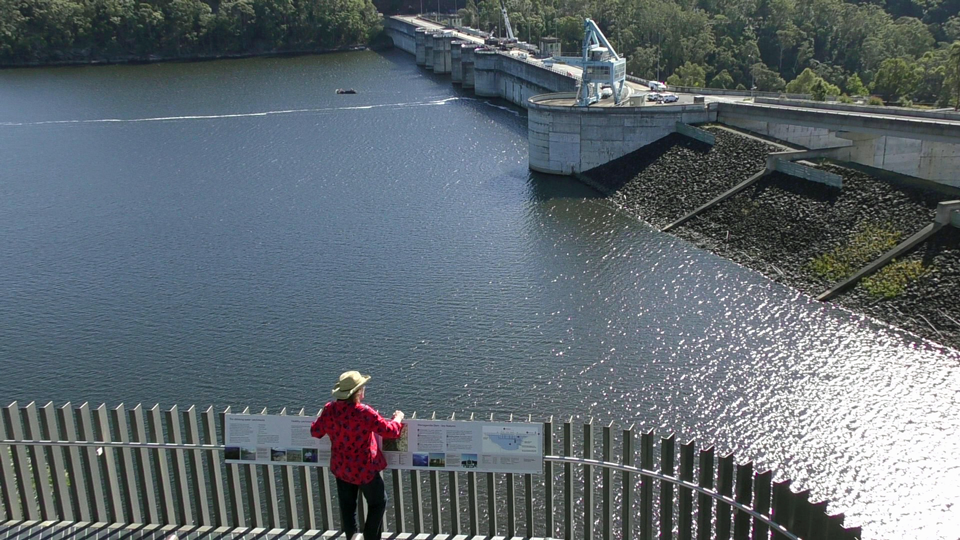
There are several lookouts around the centre from where you can view the dam wall in all its considerable glory. On weekends, you can even go down to the wall and walk across, but we were there on a weekday. This made for a peaceful less crowded experience.
The Dam
The dam’s construction has been described as an engineering masterpiece of its time, involving diversion of the river using a tunnel and two temporary dams, allowing 2.3 million tonnes of sandstone to be excavated.
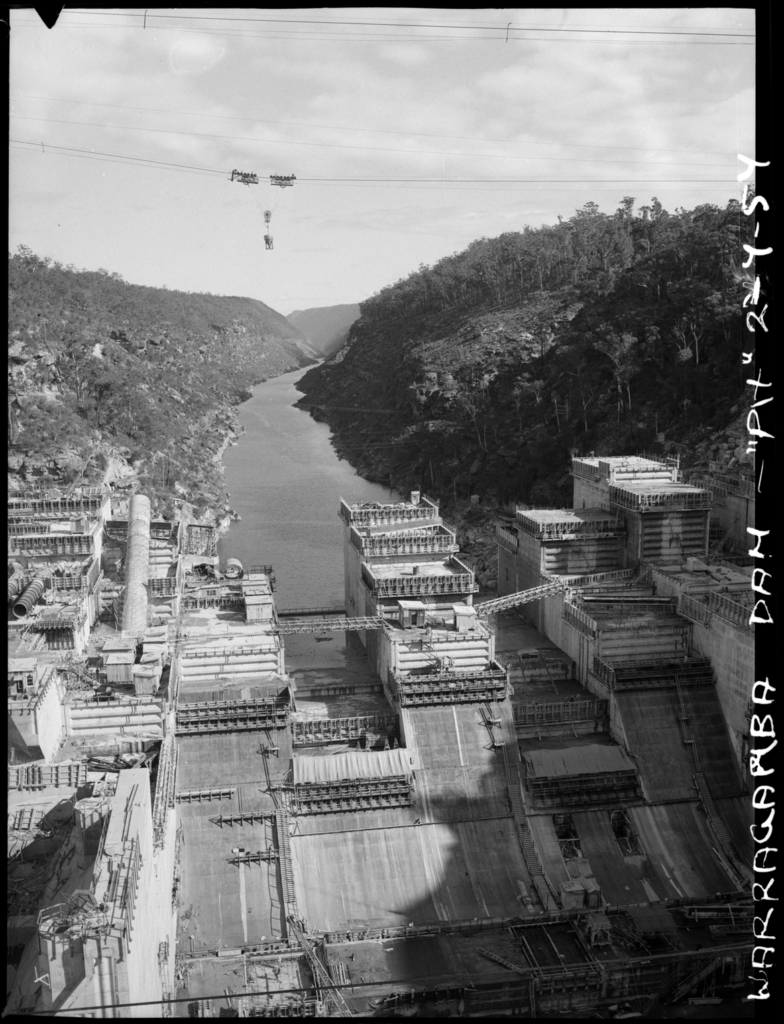
More than three million tonnes of concrete went into the wall that crosses the steep-sided gorge of the Warragamba River. It stores a vast quantity of water fed by the Wollondilly, Cox, Kowmung and Nattai rivers. Construction took 12 years with the dam opened in 1960.
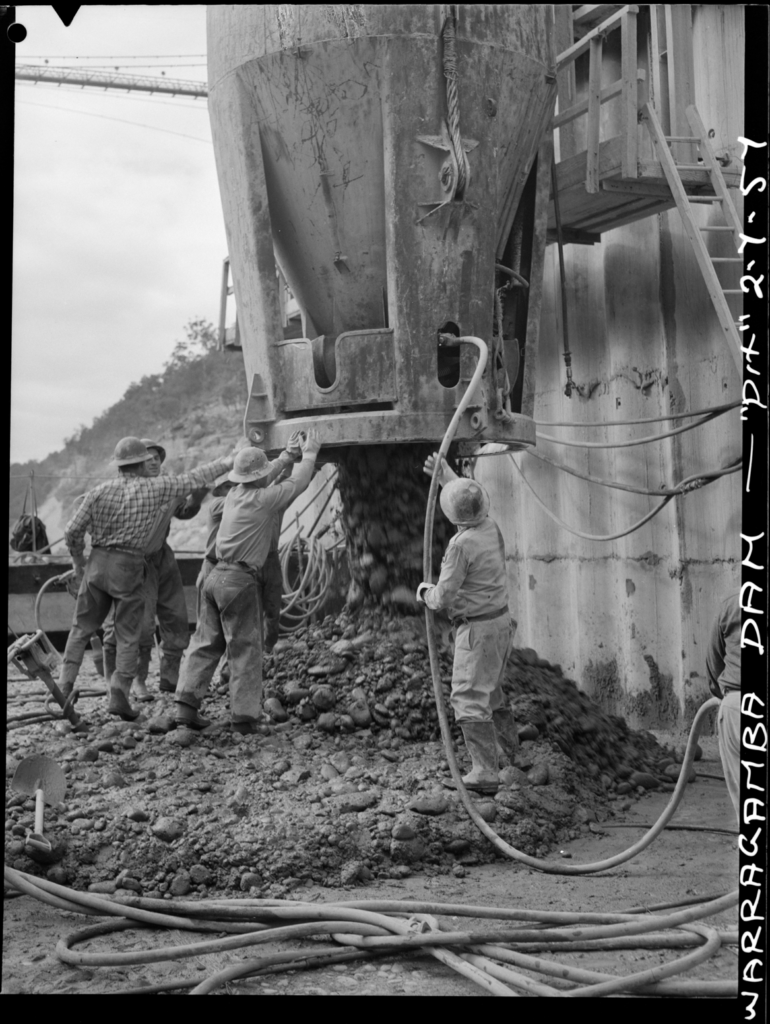
It provided Sydney’s first, secure water supply and as a bonus, it acted as flood mitigation and made possible the sewering of the whole of the Sydney area.
Haviland Park
Right next to the Visitor’s Centre is Haviland Park. This manicured park has quite a history of its own. It was officially opened by the president of the Metropolitan Water Sewerage and Drainage Board, E. J. Walder, in December 1965. Before it was a park, the area was the location for most of the dam’s construction and plant equipment.
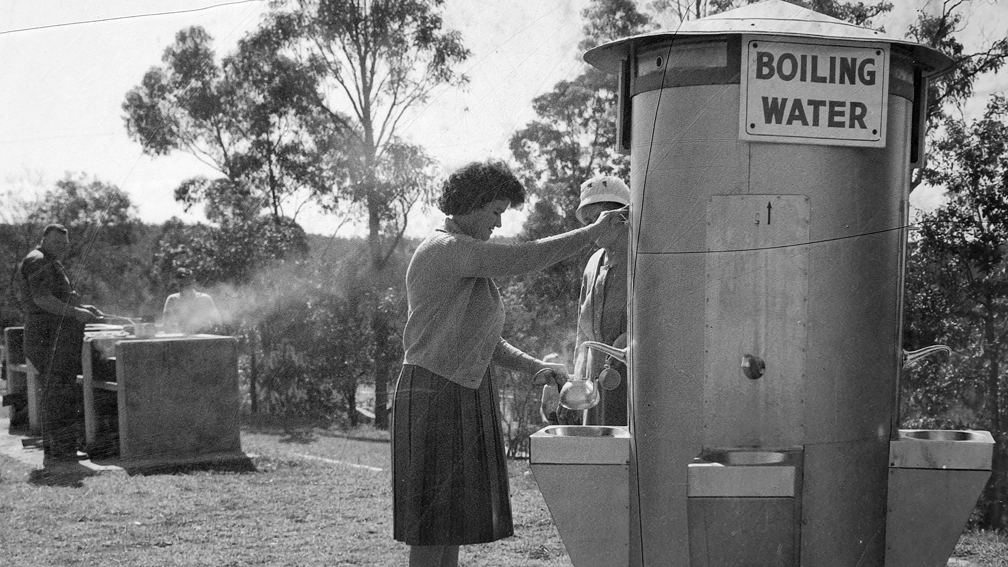
Civic pride in the extraordinary engineering marvel of the dam meant the park and the dam became a tourist attraction. When the park opened it became a must-see destination for Sydney people. Up to 22,000 visitors arrived daily. On weekends it was commonly packed with people picnicking, sight-seeing, using the barbecues and facilities. Check out the interpretive signs all around the park and visitors centre which tell the story of the place.
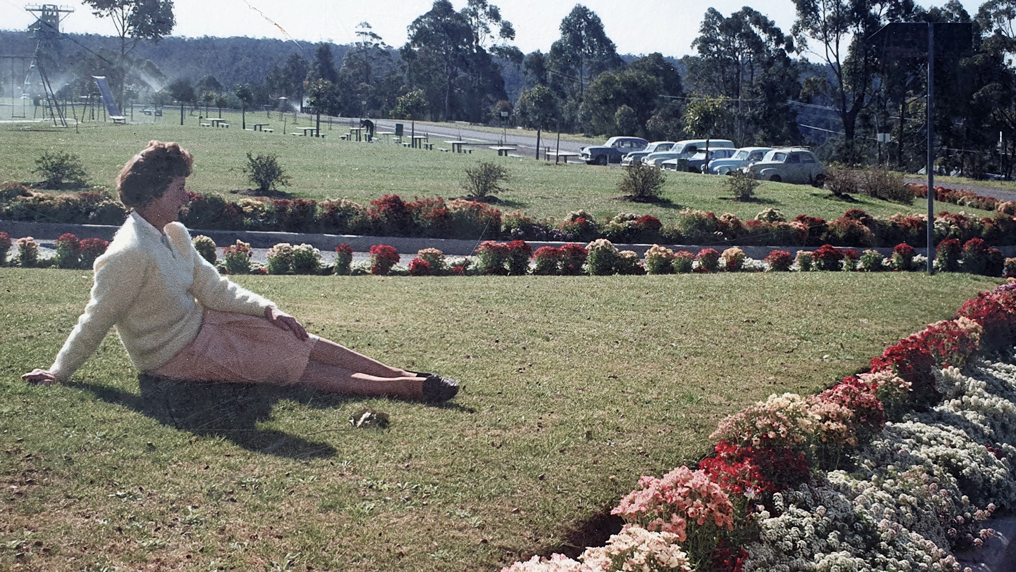
A particularly sad aspect of the history of the site and the dam is the small memorial in Haviland Park to the 15 people killed during construction. The lost men were from a range of ages and jobs, but the fatalities are in stark contrast to the safety standards of today when 15 deaths would be unthinkable – even over a project that last more than 10 years.
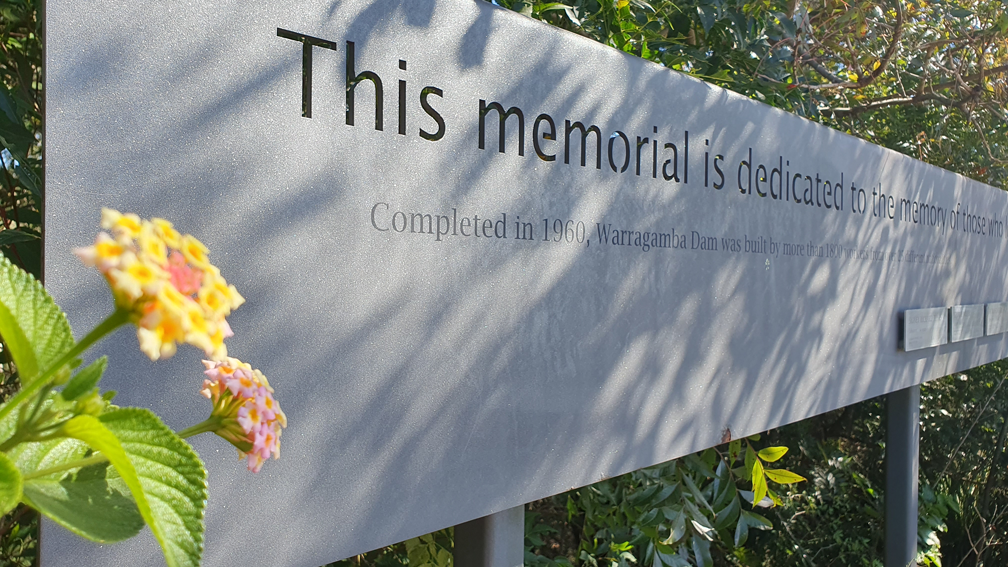
Where we ate
Like we said – Warragamba is not a big place, so dining choices are limited. However, we called in to the cheekily named Dam Break Cafe for breakfast.
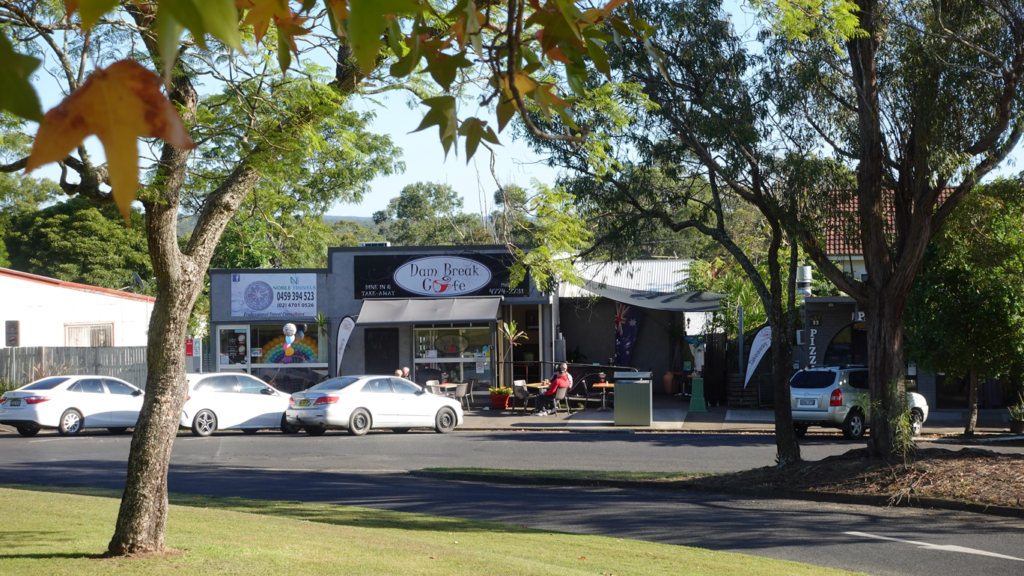
We enjoyed good coffee and a tasty bacon and egg roll. Tables outside in the sun give an opportunity to watch the world roll by in sleepy Warragamba while you contemplate your visit to the nearby dam visitors centre.

